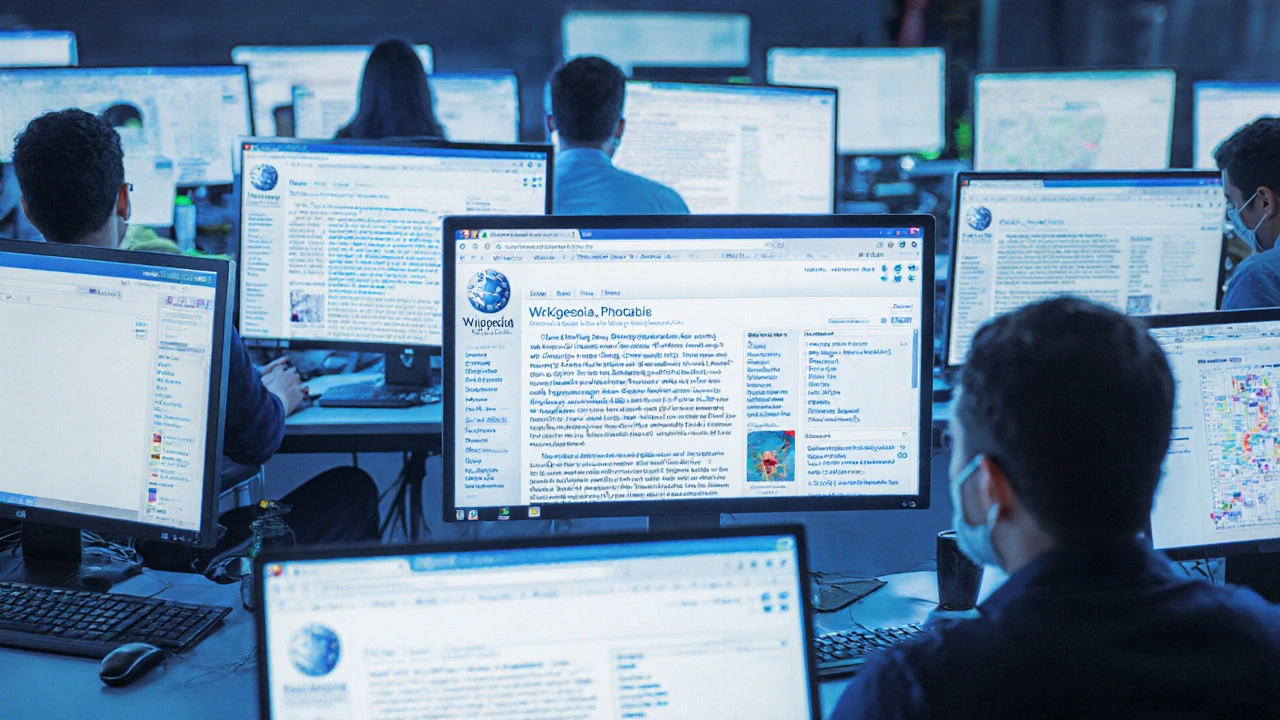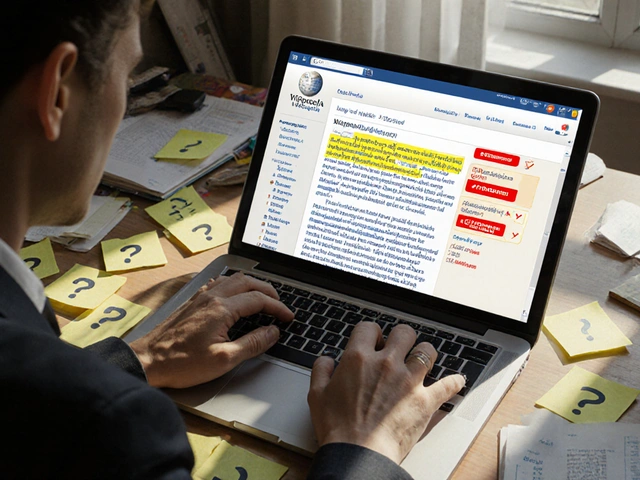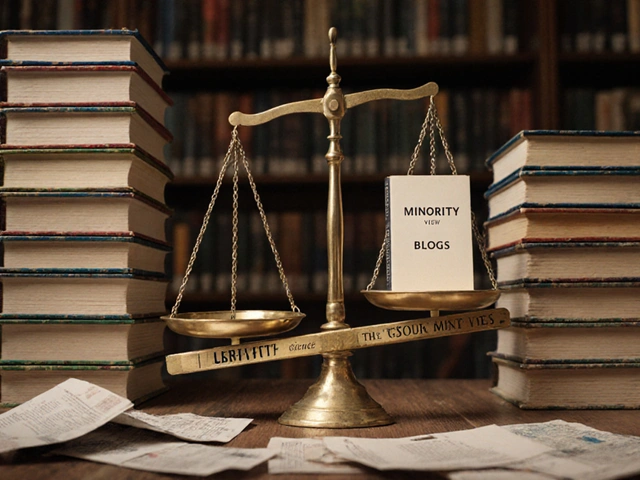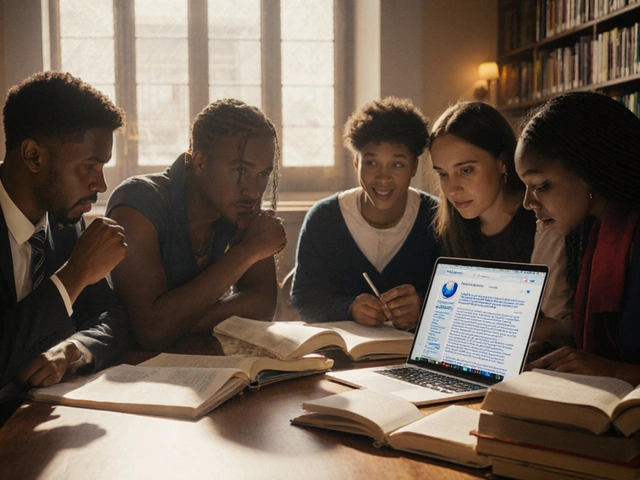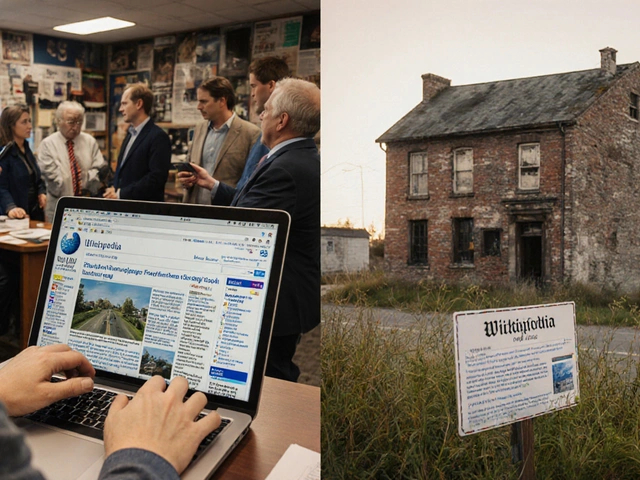Collaborative Journalism: How Wikipedia and Volunteers Shape Trusted News
When you think of journalism, you might picture reporters with notepads or live broadcasts from newsrooms. But collaborative journalism, a model where multiple contributors work together to research, write, and verify news without traditional editorial hierarchies. Also known as open journalism, it’s the backbone of platforms like Wikinews, a volunteer-run news site built on the same principles as Wikipedia and the editing culture of Wikipedia, the world’s largest free encyclopedia, where anyone can contribute and every edit is reviewed by peers.
This isn’t theoretical—it’s happening right now. Thousands of volunteers track breaking events, verify facts against primary sources, and debate article content on talk pages, all without a salary. Unlike corporate newsrooms, there’s no editor-in-chief giving orders. Instead, consensus rules. If a story gets added to Wikipedia’s Current Events portal, it’s because multiple editors agreed it’s significant, well-sourced, and not just trending. That’s why surveys show people still trust Wikipedia more than AI-generated summaries—because human oversight is built into every step. The same model powers the Wikipedia Signpost, a community-run newspaper that reports on internal Wikipedia debates, policy changes, and editor disputes. It doesn’t chase clicks. It follows impact.
What keeps this system from collapsing? It’s not magic. It’s structure. Policies like due weight, reliable sourcing, and neutral point of view aren’t suggestions—they’re guardrails. Task forces fix systemic bias. Copy editors clear backlogs of poorly written articles. Wikidata ensures facts stay consistent across languages. And when harassment spills off-wiki, communities step in to protect editors. This isn’t chaos. It’s coordinated effort. You don’t need a journalism degree to help. You just need to care enough to check a citation, flag a rumor, or fix a typo. The result? A living archive of verified knowledge that outlasts viral headlines and corporate spin.
Below, you’ll find real stories from this world: how journalists use Wikipedia as a fact-checking tool without citing it directly, how AI threatens to erase human judgment from knowledge systems, and how volunteers keep Wikinews alive without funding. These aren’t abstract ideas—they’re daily practices that define what collaborative journalism looks like when it works. And it does work—just not the way you might expect.
WikiProject COVID-19: How Wikipedia Built Coordinated Crisis Coverage During the Pandemic
WikiProject COVID-19 turned Wikipedia into the world’s most trusted real-time source for pandemic information. Learn how volunteers, not experts, built coordinated, accurate coverage using structure, transparency, and global collaboration.
Publishing Workflow on Wikinews: From Draft to Peer Review
Learn how Wikinews turns drafts into verified news through open peer review. No editors, no paywalls-just truth, sources, and community checks.
